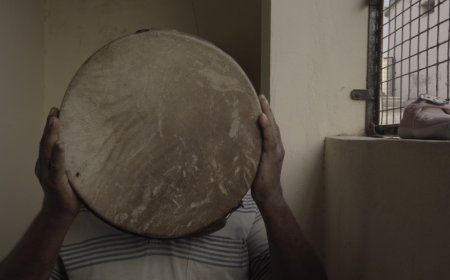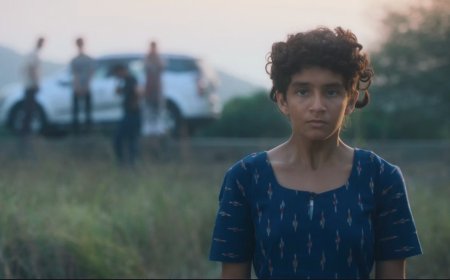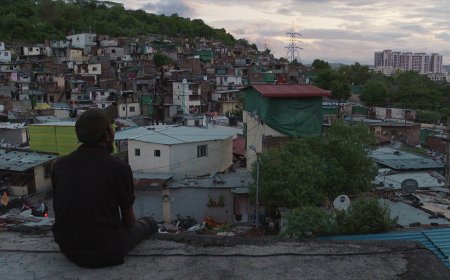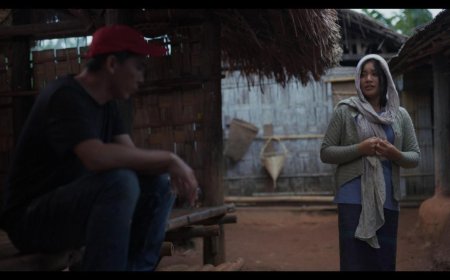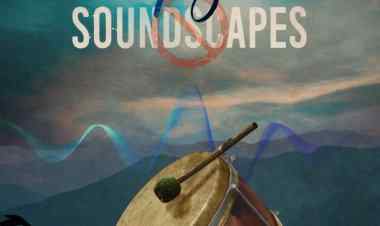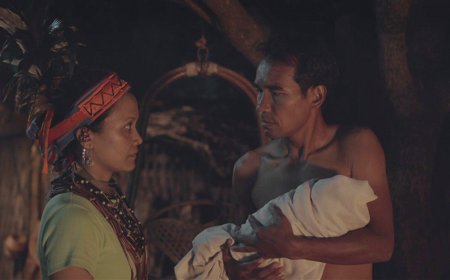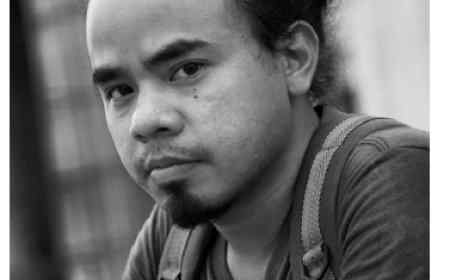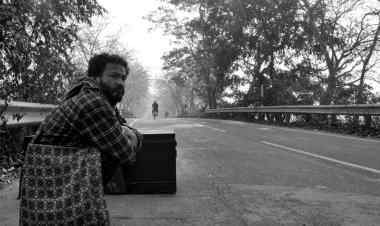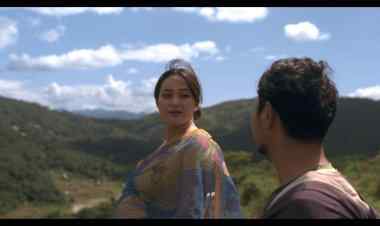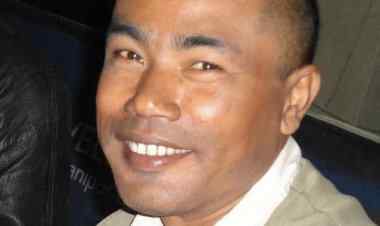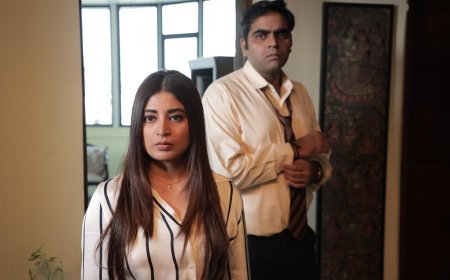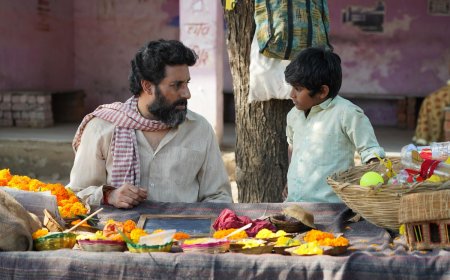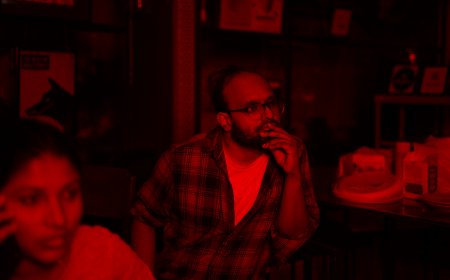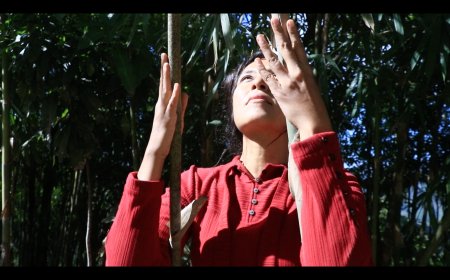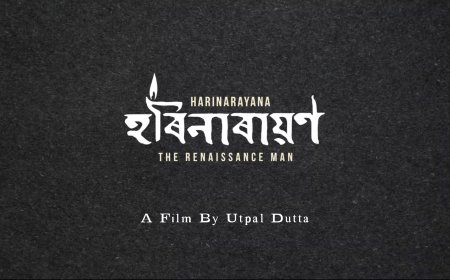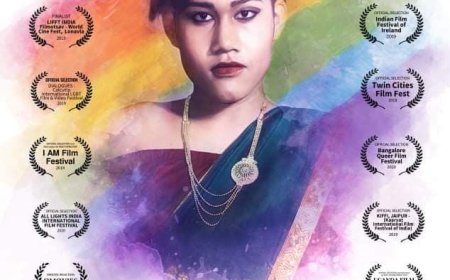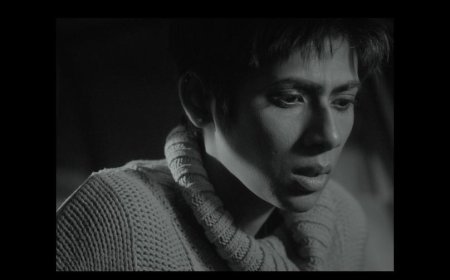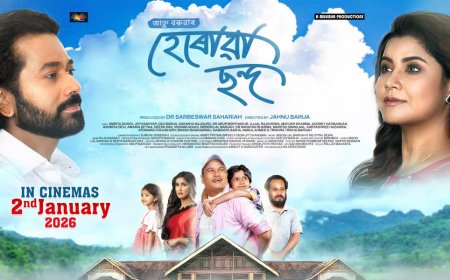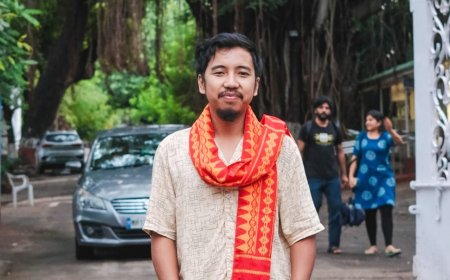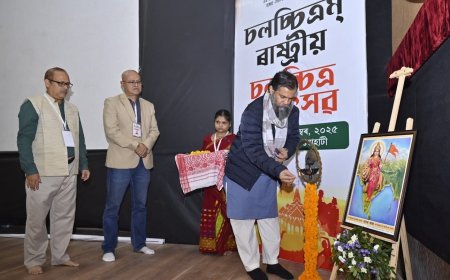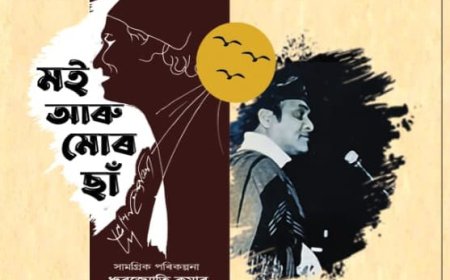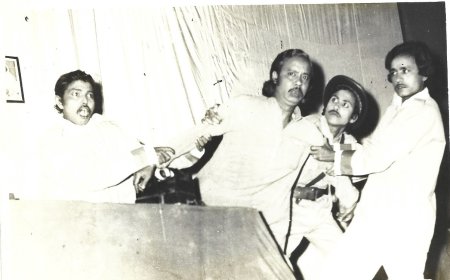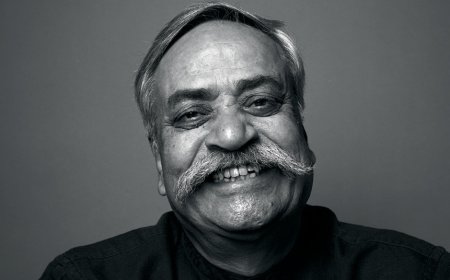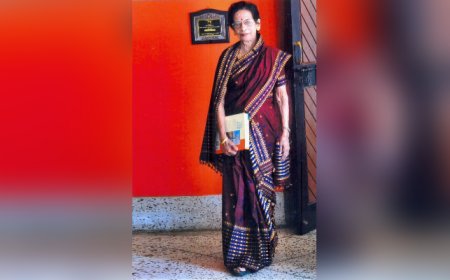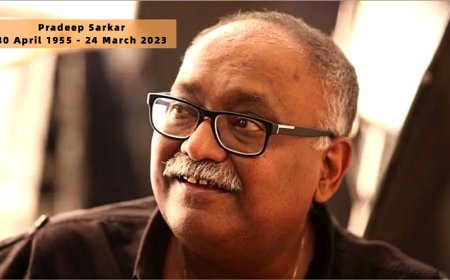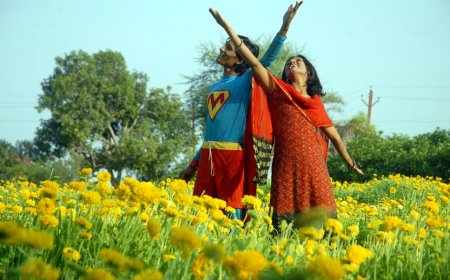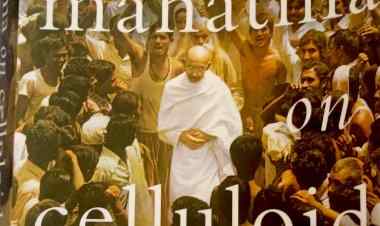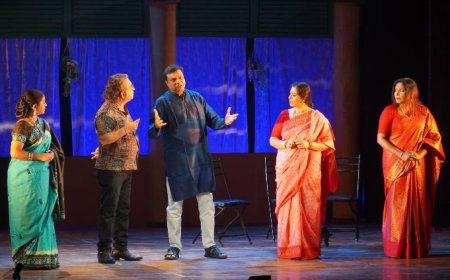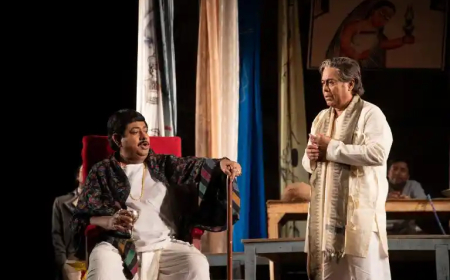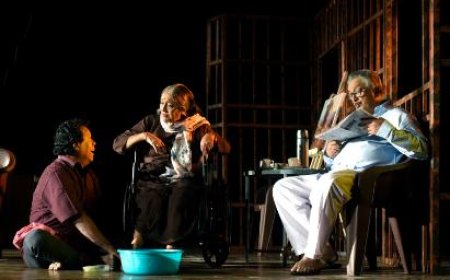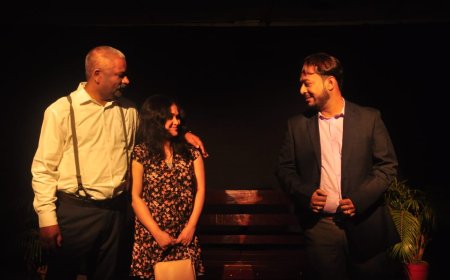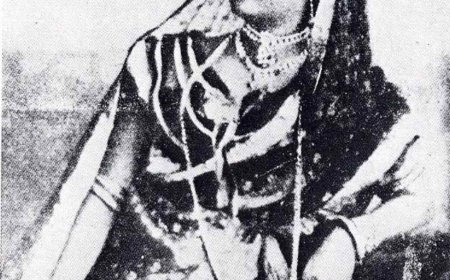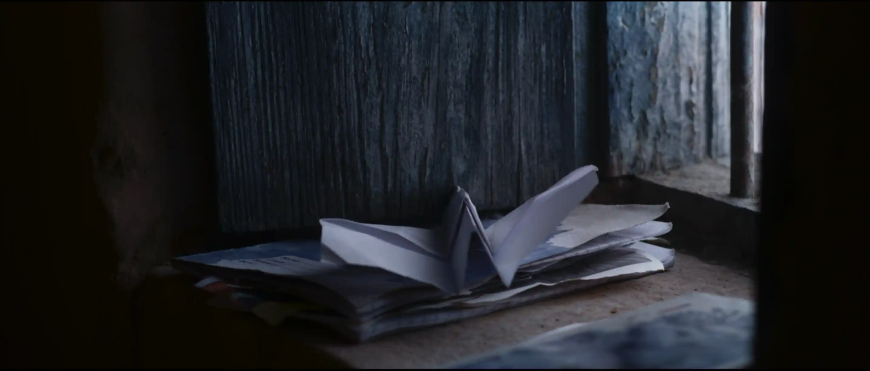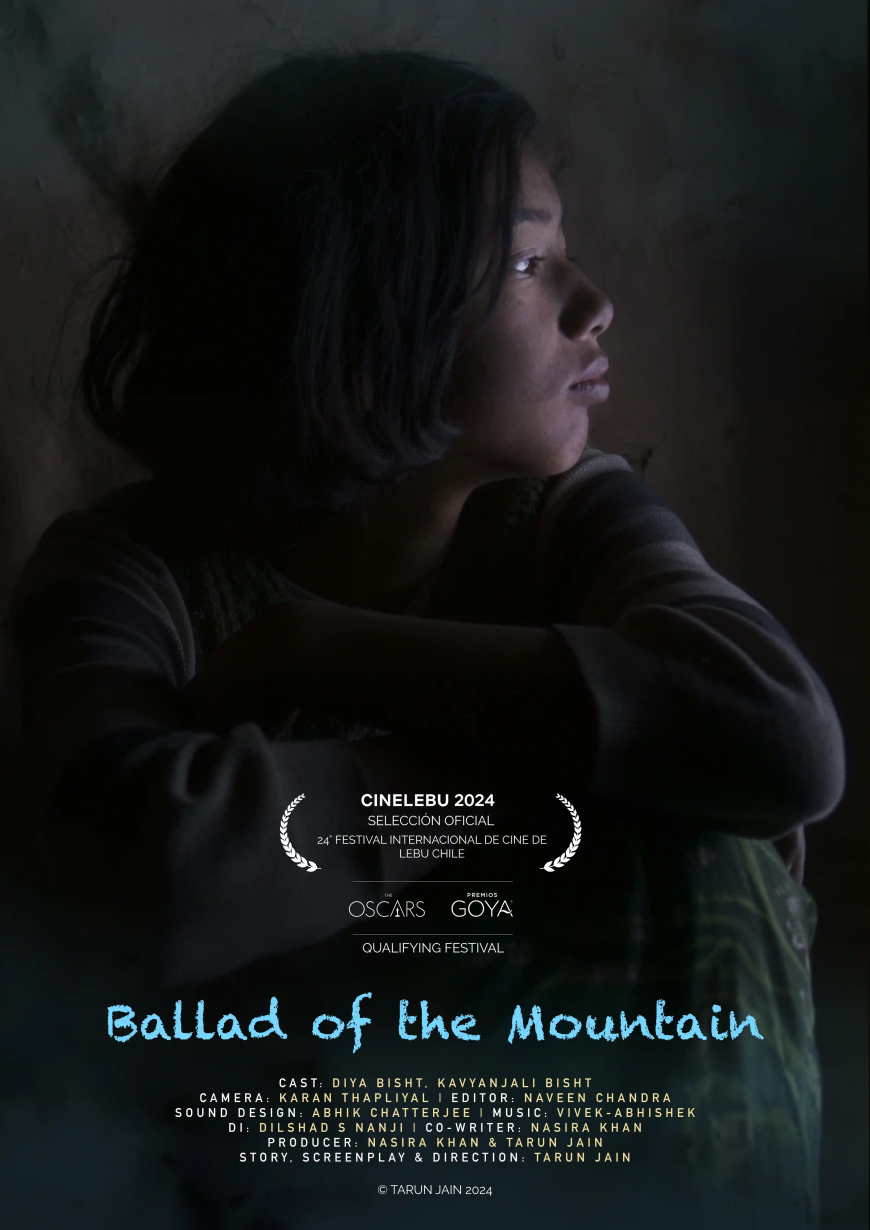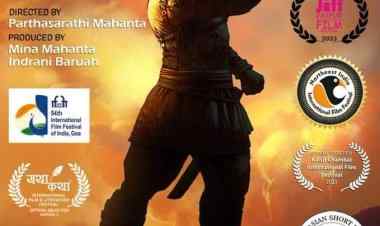Ballad of the Mountain by Tarun Jain: A Dream-Like Short Film
Dr. Shoma A. Chatterji provides a deep review of resilience, hope, and societal challenges in Tarun Jain's short film Ballad of the Mountain.
Cinema opens a dream world that is present in every human being. Some are passionate about turning those dreams to reality while some seek fruition through other creative pursuits. Tarun Jain is a young filmmaker who chases his dream enough till he turns them into films of different hues, with different subjects in different ways. Tarun Jain's career has been dotted with a myriad of projects and the creation of four impactful short films, each completely distanced from the other but all of them having one common thread – they are all humane stories about marginalized human beings across the nation defined as ‘the largest democracy of the world.”
One of his standout works, "Mother (Amma Meri)," delves into the agrarian crises gripping Haryana, India. Premiering at the prestigious Tampere Film Festival in Finland in 2018, the film collected an impressive array of six awards across various categories. His next short film Kala, was inspired by the reverse racist attacks on innocent Blacks by Indian youth in Delhi during 2016 and 2017. It won the title of Best Short Film at the esteemed Cinequest Film and VR Festival in the USA, earning a place in the 2020 Oscars.
What is Ballad of the Mountain All About? It is the story of a little girl in the hills who belongs to a very low caste and is therefore, the hitting target at school both by the children and by the teacher. She looks after her little sister even when she goes to school and comes back. She is determined to educate herself and bring a positive change in her life. But can she do it? Maybe, she can is the hint the director leaves at the end of the film.
Jain uses small surrealistic touches of the girl imagining herself in a beautiful pink frock with frills to show how she has taught herself to add some colour to her life and a pinch of hope added to it. What is amazing about the film is the challenge it made Tarun Jain and his crew confront while shooting the film in the midst of tremendous geographical and climatic hurdles. So, the challenge was as much for the filmmaker as it is for the imaginary protagonist of the film.
“Ballad of the Mountain is an ode to the persistent efforts of a young girl who embarks on a journey, defying societal norms to follow her dreams. A low caste girl who lives almost at the foot of the rugged mountains of Uttarakhand with her mother and little sister she takes care of like a mother,” says director Tarun Jain.
But the film is not just about the disadvantaged little girl who is trying to light the lamp in her small hut and making paper planes with dreams of flying one day. In the end, she manages to light the single electric bulb in the tiny room and feels happy. It is more about the risks a film crew is prepared to take just to be able to make a short film in fulfillment of Tarun Jain’s dreams of making both a socially significant film and a visually beautiful one.
Every morning, Diya, the little girl, along with her little sister Kabu, climbs the tall mountains to reach the village school. As they walk through the forest, Diya waits for her sister to begin. Diya weaves yet another story; stories which reflect her dreams that go on and on. They clamber through the river streams, the waterfalls and the deep jungle to reach the temple of knowledge. Yet the miles of effort often appears meaningless. Abused socially and repeatedly, Diya is shocked by the regularity of the abuse which includes the teacher’s backing. But she takes on the challenge of going through this treacherous road everyday where she learns about people and their extraordinary achievements. And she ponders how someday, this can come true for her too.
The choice of making the film in colour is apt because it brings across the vivid beauty of the mountainous ambience of Uttarakhand which stands in stark contrast to the cruel reality of a small group of low-caste, extremely poor locals, including children who are born, bred and die in the mountains and live within the extremely cold climate without proper warm clothes, are considered outcaste by the upper-caste locals and still struggle just to keep on living.
In response to what inspired him with the idea for this particular film, Jain says, “Education is the most powerful tool we can offer to our children. It is not something no one can take away from them, nor is it something that should be denied. According to the Constitution (86th Amendment Act) 2002 of India, every child should be given free and compulsory education between the ages of 6 and 14. Then, why do we have so many uneducated youths looking for employment without any clue? What has the caste system got to do with education, or is it simply the fear of being chased out when the low and the poor receive education and succeed like the others?” This is a rhetorical question that does not need an answer.
He goes on to add: “Ballad of the Mountain was born from a deep-seated desire to tell a story of resilience and hope—through the eyes of a child. Growing up, I watched my father work relentlessly, without any safety net to fall back on. Through sheer determination and the power of education, he not only built a life for himself but also supported his siblings and many others. His journey stayed with me.Over the years, as I travelled across India, I saw how access to education remained a challenge for so many children. Circumstances may or may not change, but I believe what truly matters is the belief that one can rise above them. That belief must come from within. This film was our way of expressing that—of taking a journey together to tell a story that, in some way, belongs to all of us.”
Explaining the challenges of shooting the entire film outdoors in Uttarakhand, Tarun Jain says, “When we arrived in Kasar Devi, near Almora, something about the place felt different. There was an energy—something pure, almost magnetic. The people welcomed us with open hearts, and in them, we discovered incredible, untapped talent. Through workshops with local children, the script took shape. We explored the hills, searching for locations that would become the soul of our story. The terrain wasn’t always easy, but we embraced it. None of this would have been possible without the kindness and generosity of the locals. We lived there for six months, waiting for the right moment to shoot. The weather was mostly on our side—not too rainy, not too sunny, just as we had envisioned. The nights, however, were bitterly cold. But our crew—most of them from the mountains—was prepared, both physically and mentally, for the challenge. Funding was a different battle altogether. We pitched the project to many platforms, many organizations. But no one saw the potential in it, at least not at first. So, we did what we had to. So, we did what we had always done—we moved forward on our own. It took time. Money would run out, we would pause, take up work elsewhere, save, and then return to the film. It was a slow process, but in some ways, it was liberating. We were creating on our own terms. And now, to see Ballad of the Mountain resonate with audiences worldwide—it’s been themost rewarding part of this journey. The film began its festival run at CineLebu International Film Festival in Chile, an Oscar- and Goya-qualifying event. In India, it premiered at MAMI, Dharamshala, and IFFI. Now, we have 11 upcoming festival screenings across the USA, UK,Nepal, India, and Japan.
As a last word, Tarun Jain sums up: “Through Diya’s unwavering determination, we aim to inspire a collective thought that makes us rethink our choices questions ingrained biases, and compels society to support education for every child. Ballad of the mountain is a story of resilience, courage, and hope. It is an invitation to confront the uncomfortable truths that persist in our society and an opportunity to rewrite the narrative for countless girls who deserve a chance to learn, grow and flourish.”
*****
What's Your Reaction?







